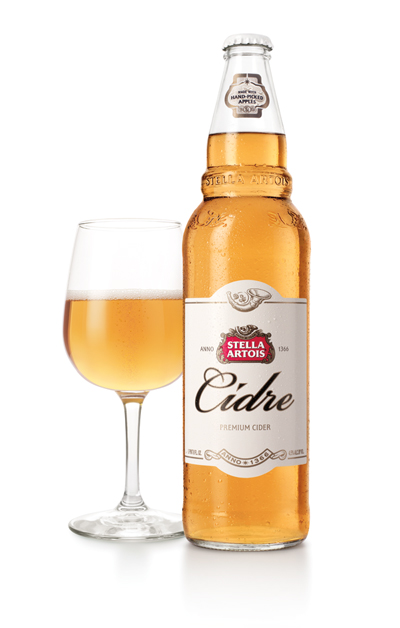
“This is not about wine,” said Chris Williams, AB’s vice president of national retail sales. “The beer category is about brands.”
The strategy sounds about right for a brewery that, despite several years of volume declines, maintains its massive hold on the U.S. beer industry with a leading 47.6 percent market share and $14 billion in revenue this year, buoyed by expenditures in data-mining and innovation.
Not Sweating Craft, So They Say
At a recent industry briefing, AB executives made a point of saying that increasing market share and sales remains one of its top goals. Meanwhile, the craft beer industry continues to seize market share, with lofty projections for the future. In January, market research firm Mintel projected that the craft beer industry, which rang up $12 billion in sales in 2012, will reach $18 billion by 2017. At the Craft Brewers Conference in March, Paul Gatza, director of the Brewers Association, said that the craft beer industry’s dollar share increased from 9.1 percent in 2011 to 10.2 in 2012.

But Williams doesn’t seem to be sweating it. He said that he welcomes all competitors and makers of good beer and that AB also contributes to the craft beer movement. He doesn’t worry about the semantics of the terms that tend to get the Brewers Association and its allies howling. At this time, he said that only a small percentage of drinkers associate Blue Moon with MillerCoors and Goose Island with Anheuser-Busch.
To complement AB’s strategy of brand loyalty and its majority market share, the company has established compensation for employees who contribute to the growth of a specific channel of the beer category, regardless of AB’s performance. This benefit, which began in January, can boost the sense of trust between executives and their underlings and expounds AB’s sense of place in the industry.
“When you’re half the category, if it’s growing, chances are you’re going with it,” Williams said.
Trusting the Numbers
Even though Williams doesn’t claim to be feeling the heat from competition, he and his colleagues still recognize that preserving AB’s role as the top beer seller requires continual advancements. This explains the company’s commitment to data-mining and market segmentation. C.J. Watson, the brewery’s vice president of category leadership, said that AB has spent more than $20 million this year in data and research with companies such as IRI and Nielsen, examining number sheets for shopper insights, trade solutions, and market-specific performance, among other findings.
Williams, Watson and Sanjiv Chhatwal, the brewery’s vice president of trade marketing, believe in what they consider to be AB’s well-rounded portfolio, which varies from Busch Light to Cidre by Stella Artois. However, as AB has continued to build its portfolio, the executives haven’t forgotten their foundation.
“Our number one priority is Bud, Bud Light,” Chhatwal said. “It’s what writes the checks.”
Yet the data, according to Watson, shows that while Budweiser and Bud Light remain at the core of AB’s success, consumers aren’t segments, rather, they bridge various segments. AB uses point of connection (POC) planning and APT, a cloud-based predictive analytics company that recently received a $100 million investment from Goldman Sachs, to index sales data and construct a precise business plan for each store. The plans include details on product assortments, displays and recommended use of space and vary between all pricing, size, location and quality of mass, grocery, convenience and packaged liquor stores and on-premise locations.
The findings have shown AB that, for example, there’s more than an 80 percent correlation between beer revenue and population density and that 77 percent of AB’s products have inelastic pricing, Watson said. Josh Halpern, the brewery’s vice president of national retail sales for on-premise and military accounts, said that his research indicates that wasabi will be on every menu in three years. So, he asks himself, what beers complement the menus of the future?
Several other brewers have said that they consider drinking occasions when engineering their beers; AB, however, also considers shopper occasions. For example, Chhatwal said that it’s imperative to have a 6-pack at convenience stores, where shoppers typically don’t take 20 minutes searching for the right brew. They go into the convenience store knowing what they want.
“You don’t go to Walmart for a social beer run,” Chhatwal said.
When AB’s sales executives approach a retailer, they ensure a balanced portfolio by demonstrating the value of every beer, clearly defining their sales strategies and then using this near-endless stream of data to juxtapose results for what works and what doesn’t work in a specific market.
Once securing or adding to a place of distribution, AB retains interest through innovation of beverages and all that goes with them.
